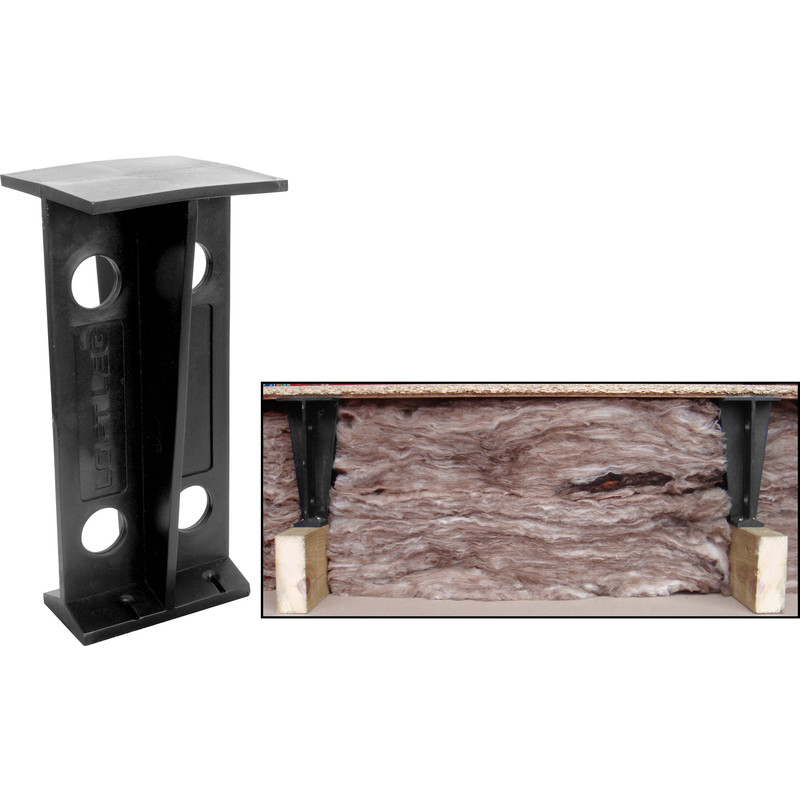D
Deleted member 174758
No. You need to temporarily support it before cutting or your ceiling might fail at that point. The temp timbers are taken out afterwardsThanks @JobAndKnock so I can cut the middle joist temporarily before installing the ‘trimmer’.. the joist won’t fall down on me considering I’ve effectively cut a piece out the middle of it (in between supporting walls)?



